Essential Hiking Gear for Beginners
This post contains affiliate links (marked by a *). If you click through and make a purchase I may earn a small amount of commission. There is no extra cost to you.
Whenever we set out on a day hike in the hills, there is always a particular thought at the back of my mind. It always occurs to me that if anything were to happen to one of us, somebody (or a team of people) may well have to risk their own safety in order to help us. Therefore it is only right that we do everything we can to prepare and look after ourselves. Of course accidents happen, but that doesn’t mean that we shouldn’t take every possible precaution.
This means dressing appropriately, having enough food and water and researching the route. But more importantly it means carrying some basic safety equipment and, crucially, knowing how to use it.
I’m going to cover what I think is the essential hiking gear that everyone should carry in addition to food, water and clothing.
First Aid Kit
I never go on a walk without a first aid kit. When packing your kit, bear in mind that it needs to perform two main functions. Firstly, you need to be able to deal with minor injuries, for example cuts and grazes, blisters, sprains, insect bites and splinters. Secondly, you need to be able to treat more serious injuries, like stabilising a broken bone.
Here’s a brief run down of what is in my hiking first aid kit:
- Plasters & blister plasters
- microporous tape
- wound dressings
- triangular bandage and safety pins
- tweezers
- scissors
- wound cleaning wipes
- crepe bandage
I will also often take some basic medication, i.e. paracetamol, rehydration sachets, insect bite cream and antiseptic cream or spray. If it is hot I will also take suncream and on longer hikes it is advisable to have some water purification tablets with you.
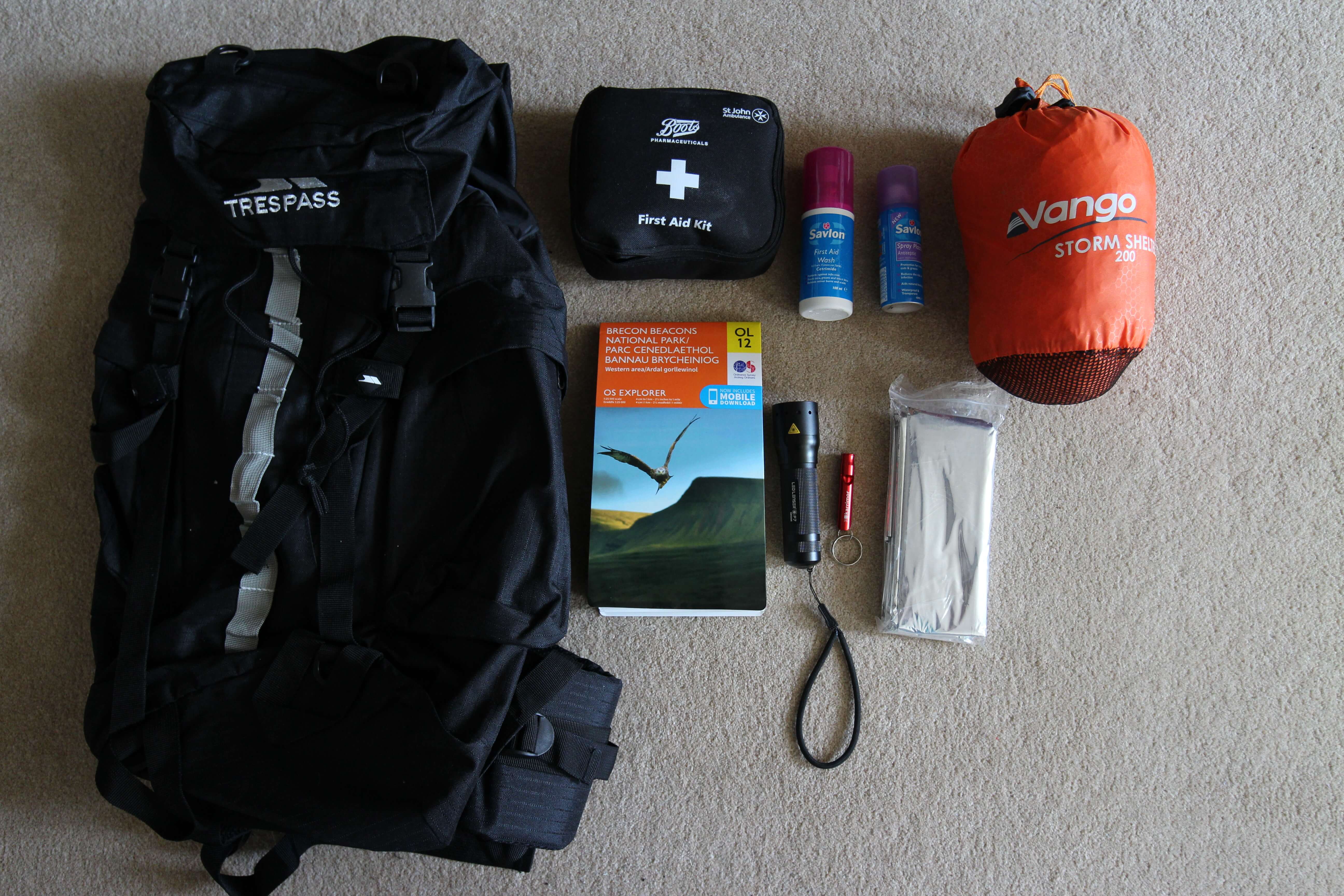 Some of the essential safety equipment I always take on a day hike
Some of the essential safety equipment I always take on a day hike
Here’s a few more of my hiking safety essentials:
Torch
It may be light when you head out, but from October -March the light fades very quickly. A good torch* can help you find your way home if you get caught out, or can help you attract attention in event of an emergency.
Foil Blanket
A foil blanket* is so cheap, takes up so little space and yet could save your life. A great way to keep a casualty warm, or keep you cosy if you find yourself in bad weather with no shelter.
Storm Shelter
I love our Vango Storm Shelter 200
Map and Compass
As with so much safety equipment, it’s no use just carrying a map and compass, you need to know how to use them. Look out for navigational courses (Cotswold Outdoor & Ordnance Survey sometimes run free workshops) or google it!
Phone
I’m a bit of a dinosaur, I prefer to use a map rather than sat nav, but I still always have my phone on me. Signal might be patchy in the back of beyond, but even cheap phones tend to have a decent GPS on them. If not it’s easy to download an app, such as OS Maps*, to help you navigate. It’s nice to have a backup when my sense of direction fails me!
Power Bank
With smart phone batteries seemingly lasting a matter of minutes these days (or so it seems!), a powerbank is a great bit of kit. For walking I use my VARTA powerbank* to keep my phone topped up and always have one in my rucksack. It means I can use my phone all day and not have to worry about the battery. This power bank will charge a phone twice (or a tablet once) in about 2 hours.
Whistle
Small, cheap and a hell of a lot easier than shouting. If you need to attract attention a whistle* could make all the difference.
What safety equipment do you always carry? Have I missed anything?
Disclosure: This post contains affiliate links
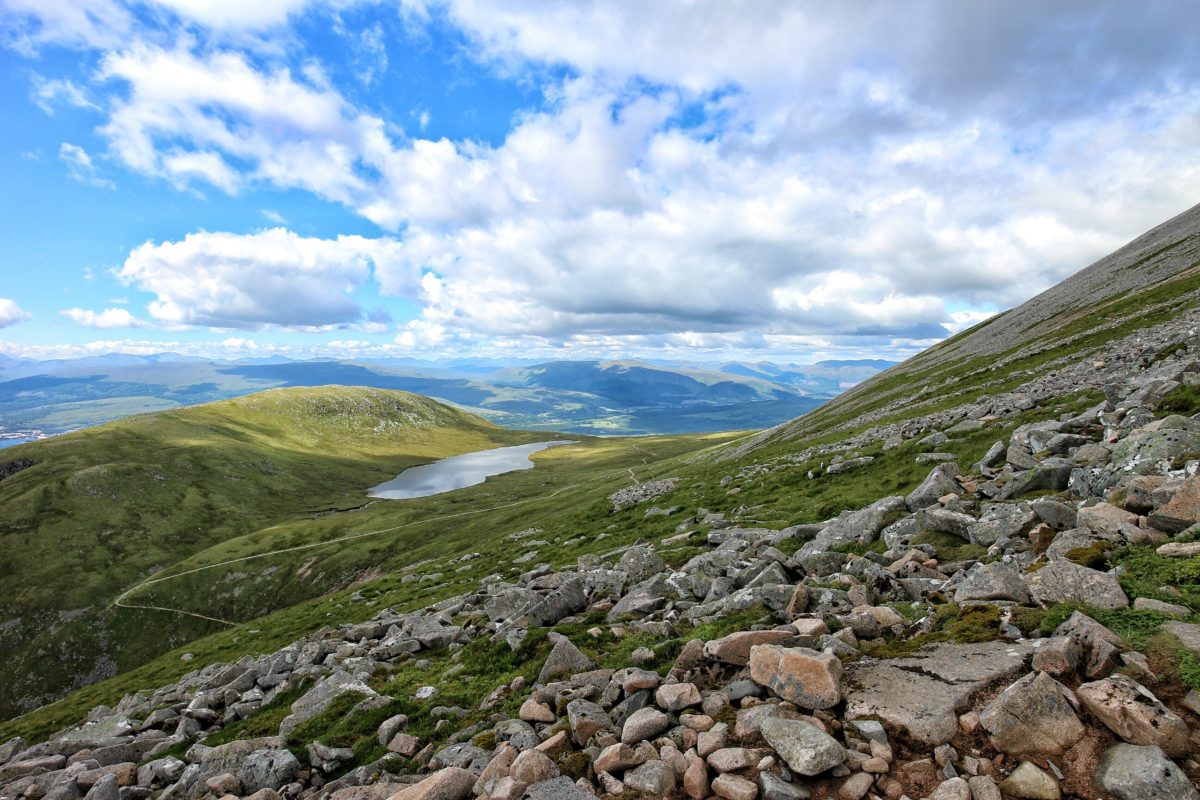
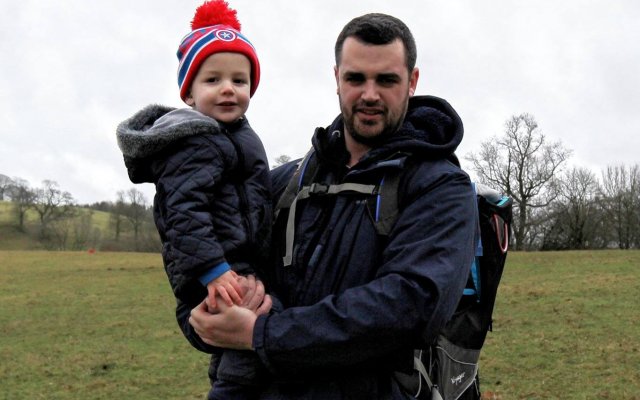
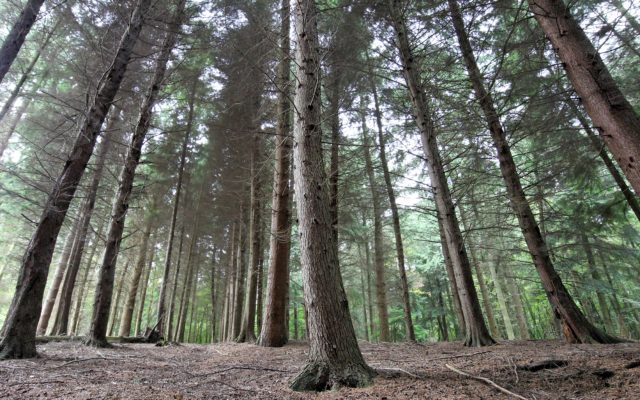
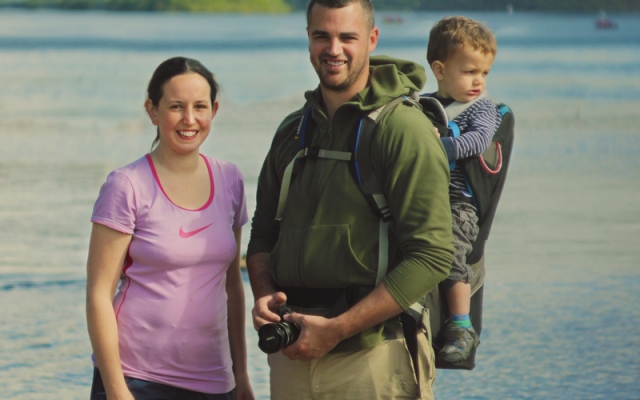
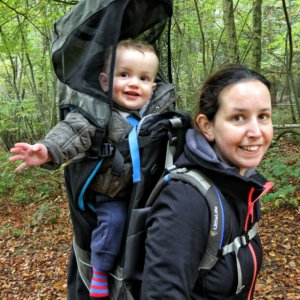

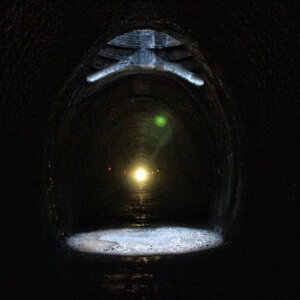
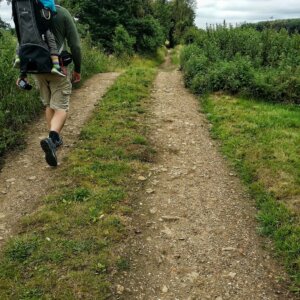
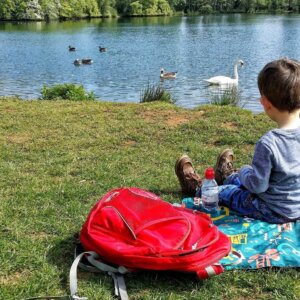
I couldn’t agree more. I did a day hike up Fleetwith Pike last year. The weather rapidly changed, there were some challenging scrambles, we had all the right gear yet on our way up, saw three tourists in flip flops, with no poles, bags, coats or anything. I was stunned at their stupidity, very selfish and arrogant to take on anything like that without even the most basic of suitable gear.
A foil blanket and torch is always in my bag, a whistle and compass sound like worthy additions to my backpack though!
I know, I remember reading about the guy who got carried off Ben Nevis after attempting it in flip flops and it made me so angry. I probably overpack these days, but think better safe than sorry is a good mantra-especially when this is all small & inexpensive bits of kit.
We nearly always carry a down jacket too as they pack away small but are super warm. Always have a couple of energy gels in my first aid kit too. Ah, I miss those long days out hiking do you still manage them with a small child?
A jacket is a good idea and I probably should pop some gels in there too. We have only managed a few hours at a time out walking. I would love to do a proper full day hike again but I think it might be a bit too much at the moment. I’m sure we’ll manage it one day!
Great helpful info 🙂
Thanks! Glad you liked it 🙂
Thanks for the list,
When we planned any hiking and camping activity then we make a list what items, accessories and equipment’s should we carry?